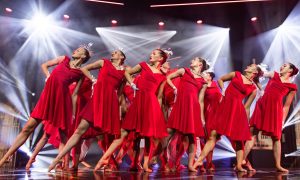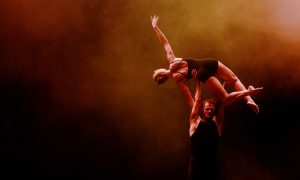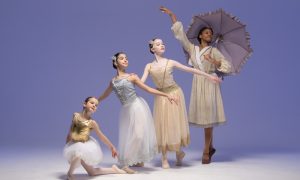For the last 35 years, the minds behind Motionhouse (Lousie Richards and Kevin Finnan MBE) delighted audiences in Britain, and around the world with their exciting amalgamation of dance and circus arts. Often utilizing outdoor spaces in unique ways, as well as traditional stage productions, and offering the opportunity to bring dance and spectacle to a wider range of audiences, Motionhouse seeks to think broadly about the creative potential of the human body and mind, and express that curiosity in often unexpected ways.
Dance Informa caught up with founding member and current Executive Director Louise Richards about how the company came to being, what it takes to run a dance organization for 35 years, and how dance is truly for everyone.
How did Motionhouse come to be? What is the origin story?
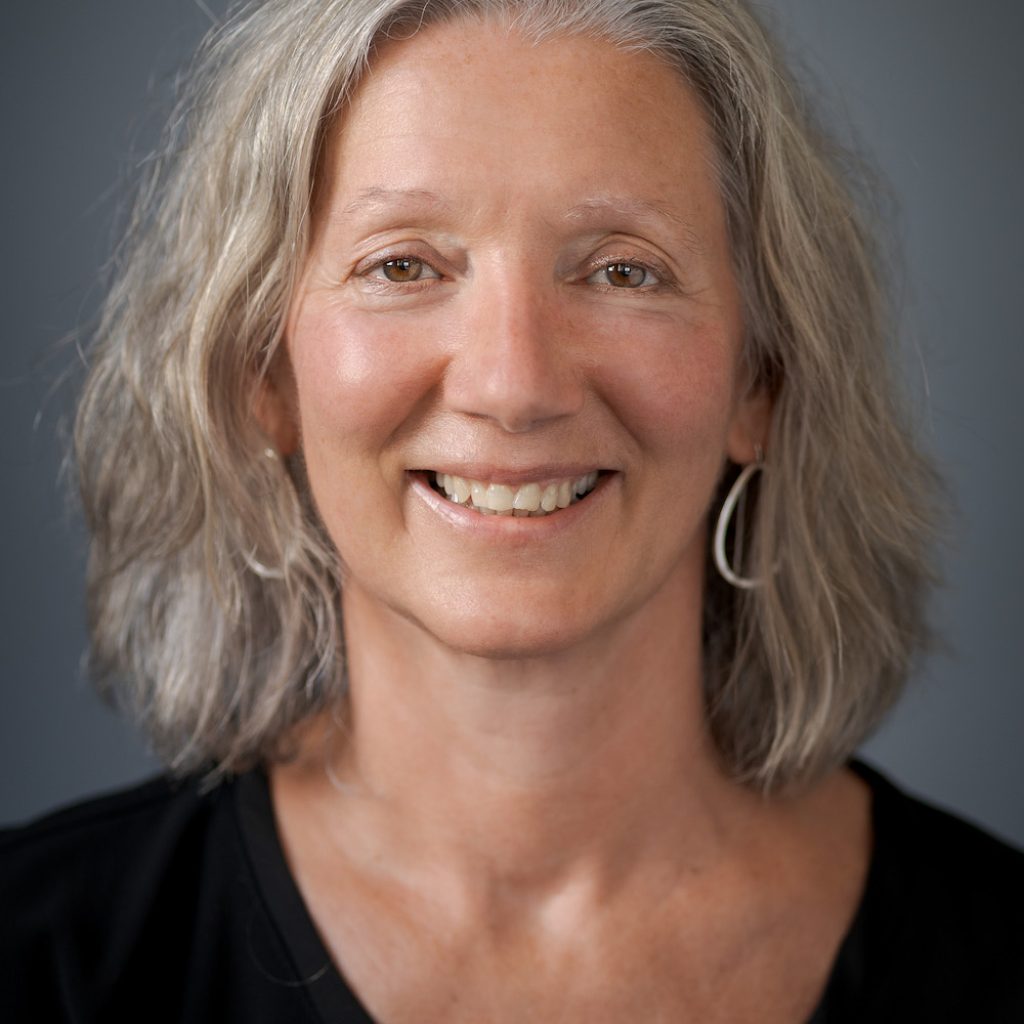
“Kevin [Finnan] and I originally danced for New Midlands Dance. We both came there to work for them in the ’80s, and we danced for that company for three years. That was how we met each other, and while we were working for them, we were evolving a lot of our own work alongside what we were doing for that company, and we were particularly passionate about contact improvisation. We just both had a mutual love for it as a form and its physicality. And the fact that it’s very, very gender egalitarian. From the beginning, we were playing with what contacts as a starting point might take us to in terms of partnering, and from that started to evolve the kind of acrobatic partnering that the company is known for today.”
You’ve devoted a lot of energy bringing your work to less traditional dance audiences through various measures. Why is this so important to you?
“We just wanted to do our own thing. We had stuff we wanted to make, and we also really, really believed passionately that dance should be more available to a much broader audience than ‘the dance audience,’ or people who considered themselves educated as the dance audience. This is quite a narrow proportion of the potential audience in any population. So, we felt very strongly about wanting to make dance more widely accessible.”
That philosophy of accessibility carried over into the teaching realm. You’re known for offering classes in dance to all kinds of folks. Can you talk a little about that?
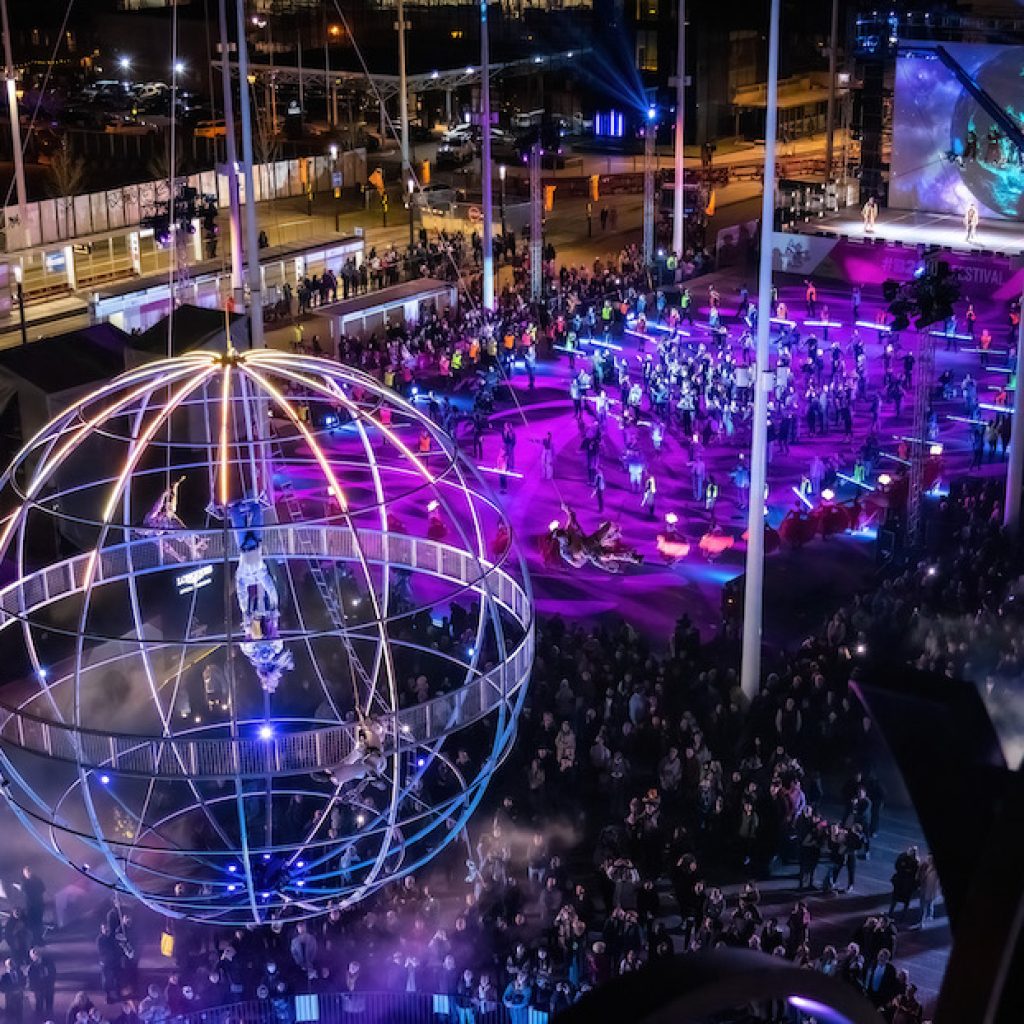
“We felt that we wanted to teach dance in a way that was about succeeding and wasn’t about failing. It wasn’t about being able to get your leg up or do pirouettes, but was more about creative personal expression. We did lots and lots of teaching. We also did a lot of work in prisons. Really, we did a wide range of activity. We always stayed with that belief about dance being for everybody, either that everybody should have access to it as an audience, or be able to enjoy it as a participant. That was always really central, and still is a golden thread that runs through what we do.”
I would imagine the habit of presenting site-specific works in public spaces plays a role in supporting this golden thread. Was that something you were interested in from the start?
“That thread kind of led us right from the beginning to always seek to put dance in unusual places, in the public environment, and in less conventional spaces. So, from very early on, we were exploring location-based work, site-specific work, and put performances in the public arena to break down barriers. I think that kind of model is partly responsible for our longevity, rather than making a work every year that did six performances in theaters, which is a model that’s very difficult to gain traction on. This allowed us to build our work so that we were able to grow our contracts for our dancers. In the early days, we’d employ a couple of dancers for 12 weeks of a year. Now, we have a company of eight full-time dancers who have permanent employment with us year-round.”
Is there anything thematically the company is doing currently that reflects the sense of unity you find in accessibility, and the things that have developed from that devotion?
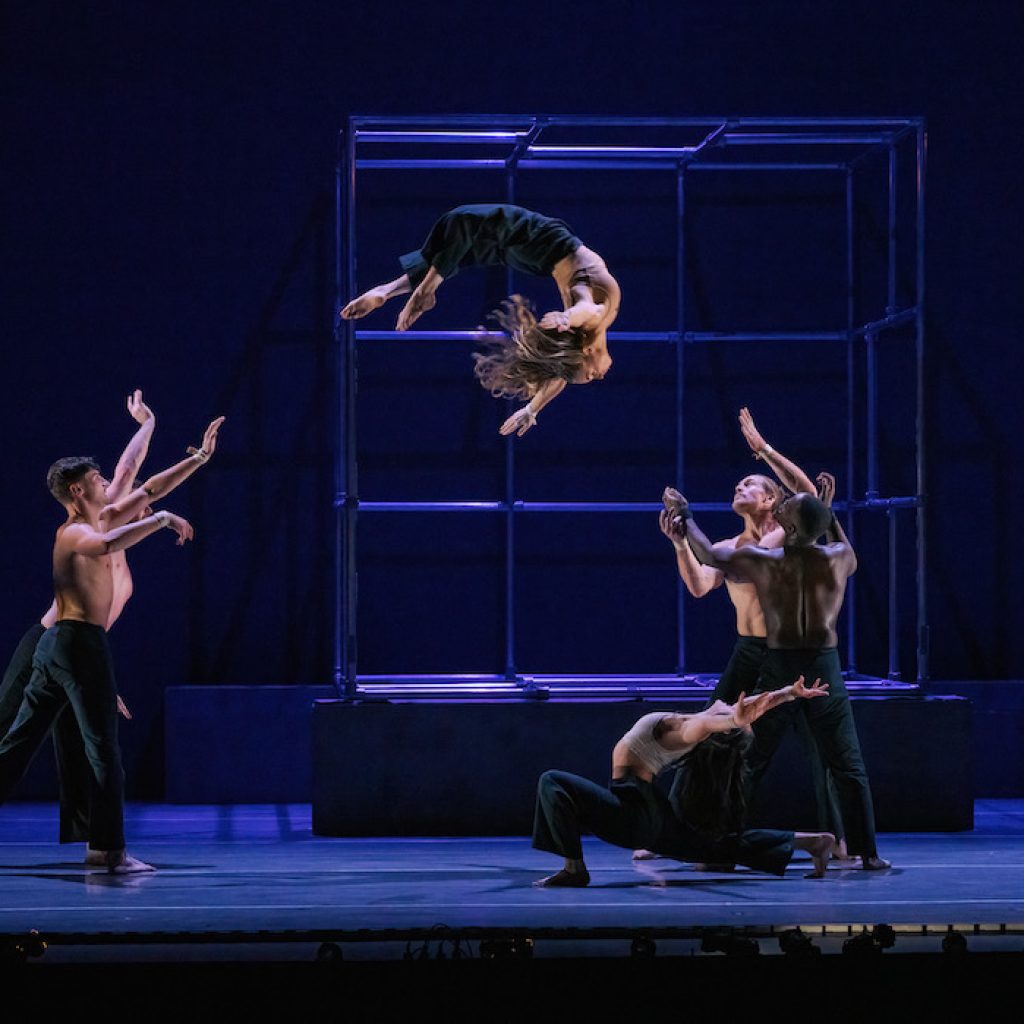
“Whether our indoor work or our outdoor work, we are really keen to use our work to provoke, and really to encourage people to think about the human condition and their place in the world. We currently have a show called Nobody touring, and it is about Covid and the sense of isolation that people are experiencing, the voices in our heads that often tell us to do things we don’t want them to, and then ultimately ends up in the conclusion that we all need each other. So, that was very particular to the Covid period. So, through blending content and narrative with this really exciting dance form, within the context of some really thrilling sets, it allows the dancers to do incredible things. We’ve evolved a language that is really popular with audiences.”
After 35 years as a working company that now employs full-time dancers and staff, what advice do you have for anyone wanting to take on creating dance in a company format?
“It takes good instincts and to know what risks you can take and when to be opportunistic. Opportunism for me is the absolute biggie. We’ve got here because we spotted opportunities.There were lots of things that we were the first company to do, and it was simply because…why not? The fact that nobody’s doing it already? But there’s an opportunity there. So, I think the the big advice is is not underestimating how important to is to think about the business side of things.The other thing is knowing what you’re doing and why you’re doing it. I think that’s so important. To get through the hard times.
For more information on Motionhouse, visit www.motionhouse.co.uk.
By Emily Sarkissian of Dance Informa.



